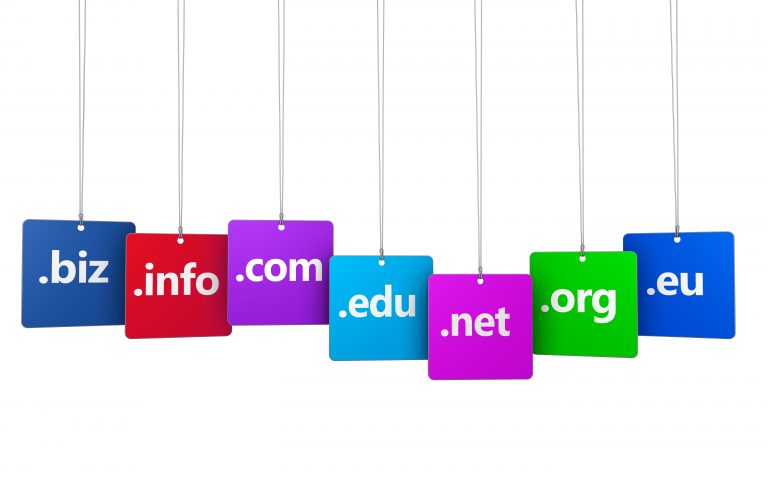
The long and short of it is that Internet security will always be a forefront topic in this industry. That’s a reflection of both the never-ending importance of keeping data secure given the predominance of e-commerce in the world today and the fact that cyber hackers will never slow in their efforts to get ‘in’ and do harm in the interest of making ill-gotten financial gains for themselves. So with the understanding that the issue of security / attacks / preventative measures is never going to be moving to the back burner, let’s move forward to discuss what the consensus among web security experts is – namely, that DDoS Attacks are likely to occur at an even higher rate than previously for the remainder of 2017. Here at 4GoodHosting, in addition to being one of the best web hosting providers in Canada we’re very active in keeping on top of trends in the Web-based business and design worlds. as they tend to have great relevance to our customers. As such, we think this particularly piece of news is worthy of some discussion. Let’s have at it – why can we expect to see more DDoS attacks this year? Data ‘Nappers and Ransom Demands As stated, IT security professionals predict that DDoS attacks will be more numerous and more pronounced in the year ahead, and many have started preparing for attacks that could cause outages worldwide in worst-case scenarios. One such scenario could be – brace yourselves – a worldwide Internet outage. Before you become overly concerned, however, it would seem that the vast majority of security teams are already taking steps to stay ahead of these threats, with ‘business continuity’ measures increasingly in place to allow continued operation should any worst-case scenario come to fruition. Further, these same insiders say that the next DDoS attack will be financially motivated. While there are continued discussions about attackers taking aim at nation states, security professionals conversely believe that criminal extortionists are the most likely group to successfully undertake a large-scale DDoS attack against one or more specific organizations. As an example of this, look no further than the recent developments regarding Apple...








